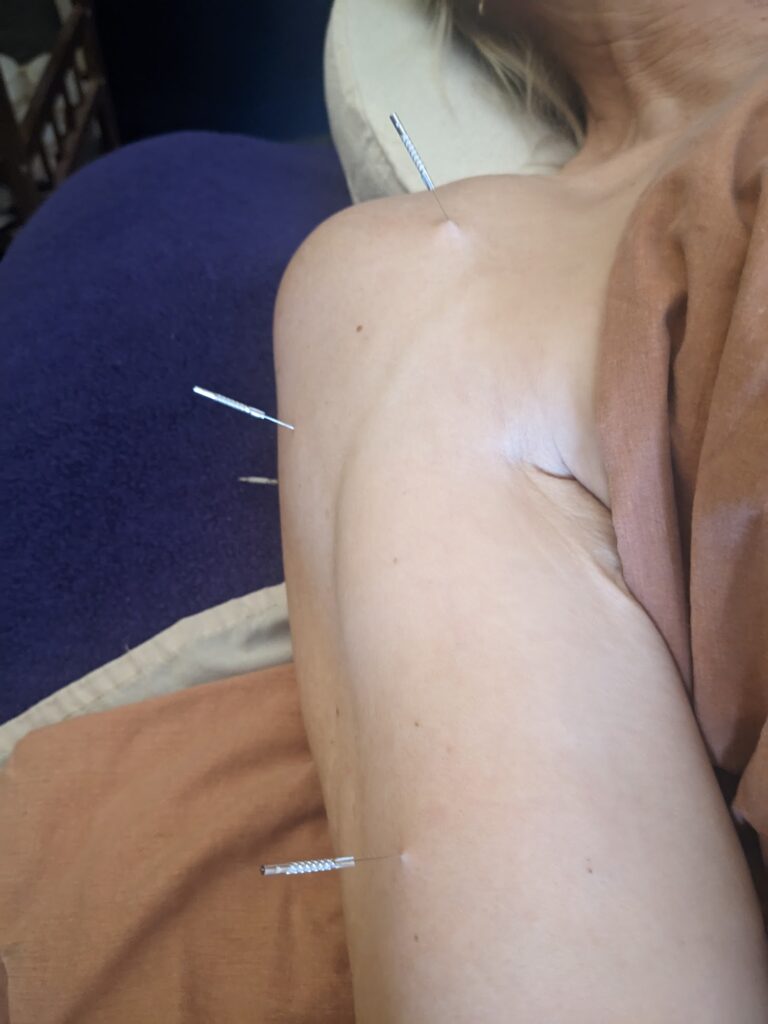Patellofemoral Pain Syndrome (PFPS) and How to Manage It
If you’ve ever experienced a persistent ache around your kneecap that flares up during activities like walking upstairs, running, or even sitting for long periods, you might be dealing with Patellofemoral Pain Syndrome (PFPS), also known as “runner’s knee.”
It’s a common condition, and while it can be frustrating, there are ways to manage and overcome it with the right approach.
In this post, we’ll break down what PFPS is, why it happens, and, most importantly, what you can do to reduce your pain and get back to doing what you love.
What is PFPS?
PFPS causes pain at the front of your knee, typically around or behind the kneecap (patella). It’s most often seen in active folks, especially runners, cyclists, and people who do a lot of squatting or stair climbing.
However, it’s not just athletes who experience PFPS; it can also appear in anyone who spends a lot of time sitting or has certain muscle imbalances.
The pain is usually due to irritation between the patella (kneecap) and the femur (thigh bone). When the kneecap doesn’t track smoothly in its groove as you move, it can cause friction, leading to inflammation and discomfort. This misalignment can happen for various reasons, from muscle weakness and poor movement patterns to overuse or a change in activity levels.
What Causes PFPS?
There isn’t a single cause of PFPS, but some common factors include:
- Muscle imbalances: Weakness in the quadriceps (front thigh muscles) or hips can cause the kneecap to move slightly off track.
- Overuse: Repetitive motions, such as running or cycling, without adequate rest can wear down the cartilage and irritate the joint.
- Poor alignment: If your foot, ankle, or hip alignment is off, it can throw your knee out of balance.
- Sudden changes in activity: Going from a sedentary lifestyle to intense activity or rapidly increasing workout intensity can overload the knee.
How is PFPS Managed?
The good news is that PFPS is usually manageable with the right exercises and self-care strategies. Here are some key approaches that can help you reduce your pain and improve knee function:
1. Strengthening Exercises
Research shows that strengthening the muscles around your knee, particularly the quadriceps and hip muscles, is one of the most effective ways to manage PFPS. The quadriceps, located at the front of your thigh, help control the movement of your kneecap. By strengthening these muscles, you can help guide the kneecap properly and reduce strain on the joint.
Hip-strengthening exercises are equally important. Weakness in the hip muscles, especially the hip abductors (muscles on the outside of your hips), can affect the alignment of your knees when you move.
Try these simple exercises:
- Straight leg raises: Lie on your back, keep one leg straight, and slowly lift it to strengthen your quadriceps.
- Side leg raises: Lie on your side and lift your top leg to target the hip muscles.
- Glute bridges: Lie on your back, bend your knees, and lift your hips to engage both your glutes and hips.
2. Stretching and Mobility Work
Sometimes, tight muscles can pull your kneecap out of alignment. Regularly stretching your quadriceps, hamstrings, and calves can help reduce tension around the knee and improve mobility. Foam rolling can also be useful to release tight spots in these muscle groups.
3. Gradual Return to Activity
If you’ve been diagnosed with PFPS, you may need to temporarily reduce high-impact activities like running or jumping. Instead, focus on low-impact exercises like swimming or cycling to maintain fitness without putting too much strain on your knee. Gradually reintroduce more intense activities as your pain improves.
4. Consider Your Footwear
Sometimes, knee pain is linked to foot mechanics. Wearing supportive shoes or using orthotics can help improve alignment and reduce stress on the knee joint.
5. Telerehabilitation
With the rise of technology, telerehabilitation is becoming a popular option for managing PFPS. This involves receiving expert guidance on exercises and rehab strategies from the comfort of your home, either through video calls or online programs. Studies have shown that telerehabilitation can be just as effective as in-person therapy.
When to Seek Help
If your knee pain persists despite trying these strategies, it’s a good idea to seek professional help. A clinical myotherapist, physiotherapist, or other qualified health professional can assess your knee, pinpoint the root causes of your PFPS, and guide you through a tailored rehab plan.
Takeaway
PFPS can be a frustrating condition, but with the right exercises and care, you can manage the pain and get back to your normal activities. Focus on strengthening your quadriceps and hips, keep your muscles flexible, and ease back into high-impact activities gradually. And remember, if you’re not sure where to start or if your pain doesn’t improve, professional guidance can make all the difference.
If you’d like to learn more about managing knee pain, or if you need help with a personalised rehabilitation plan, feel free to reach out. We’re here to help you stay active, healthy, and pain-free!
Need Help with Knee Pain?
At The Urban Alchemist, we specialise in treating musculoskeletal conditions like PFPS. Whether you need hands-on treatment or a tailored exercise program, we can help. Contact us today or book an appointment online to get started!


